Salute to the legends on the 36th death anniversary of Indira Gandhi and 145th birth anniversary of Sardar Patel.
By Line: Shivendra Pandey
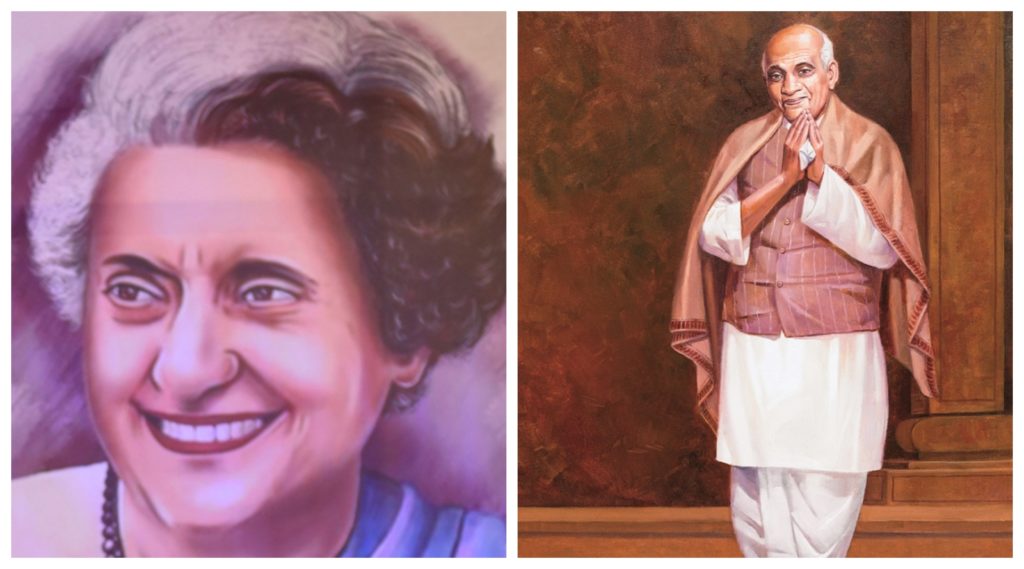
First Indian female prime minister Indira Gandhi was born on 19th November 1917. She has been given the title ‘Durga’. Indira Nehru Gandhi was a complex woman whose leadership in India continues to have repercussions to this day. It was on January 24, 1966, that she was sworn in as that country’s first female prime minister
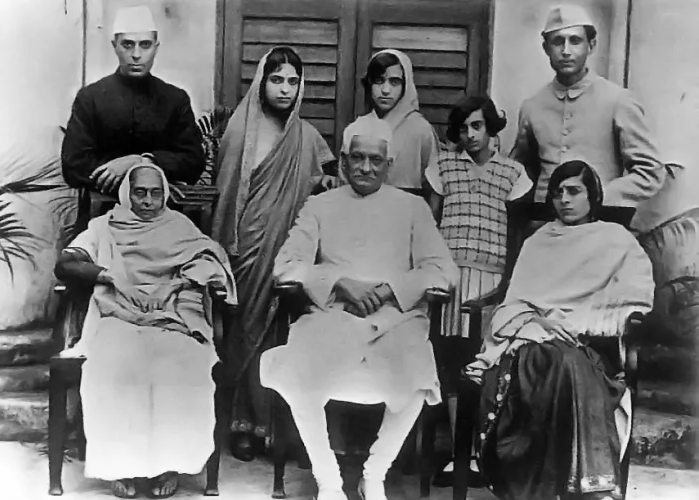
During India’s nationalist movement to reject foreign goods — particularly British. Indira witnessed a bonfire of foreign goods. Later, the 5-year-old chose to burn her own beloved doll because the toy had been made in England.
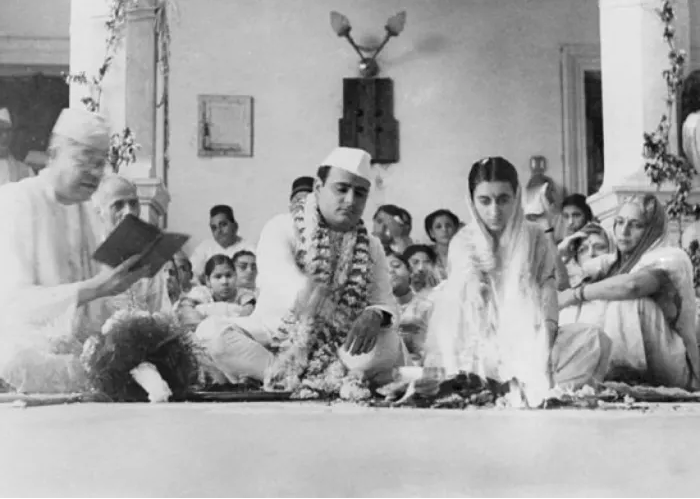
Jawahar Lal Nehru’s daughter Indira Gandhi was in love with Feroz Khan, who wasn’t related to Gandhi family. Despite of opposition from family and party people somehow she managed to marry her love and adopted Gandhi as her sirname rather than Khan. After marriage, Feroz Khan also changed his last name from Khan to Gandhi.
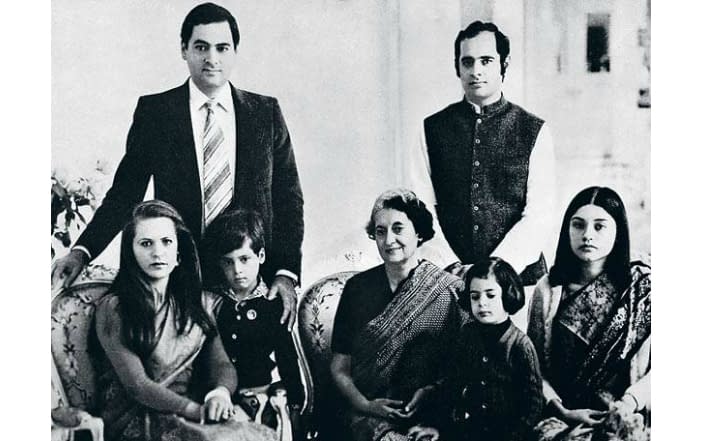
Indira and Feroze’s marriage was not a great success. Unfortunately, though the pair had two sons together. Feroze had extramarital liaisons, while much of Indira’s time was spent with her father after he became India’s prime minister in 1947. The marriage ended with Feroze’s death in 1960.
On 3rd December Pakistan declared war to occupy eastern Pakistan. Pakistan’s air force bombed Indian bases. Indira recognized the independence of Bangladesh (formerly East Pakistan) on December 6. On December 9, Nixon directed a U.S. fleet to head for Indian waters — but then Pakistan surrendered on December 16.
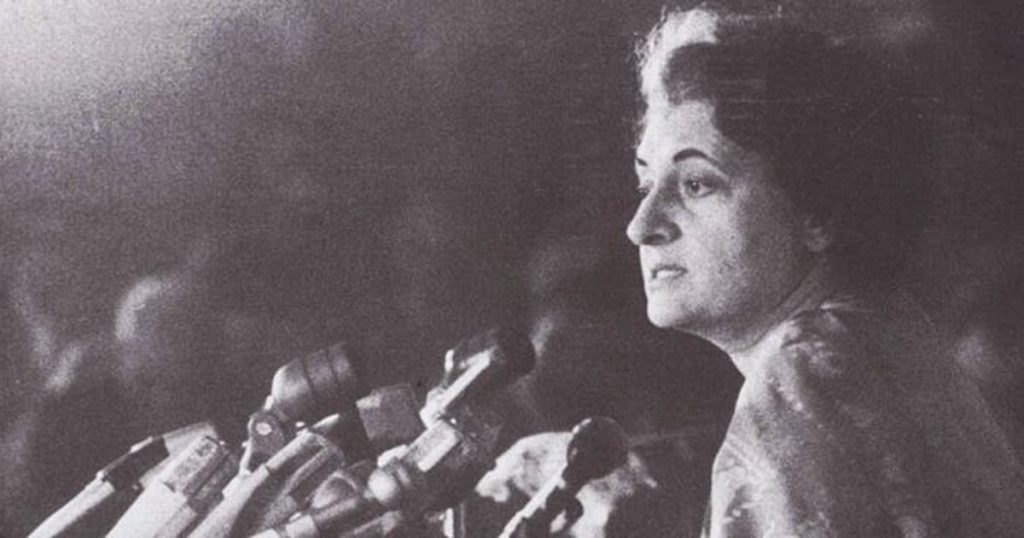
After the conflict had ended, Indira declared in an interview, “I am not a person to be pressured — by anybody or any nation.”
Bad Phase in Indira’s life:
In June 1975, Indira was found guilty of electoral malpractice. When rivals began advocating for her removal as prime minister, she opted to declare a state of emergency. The emergency rule would be a black moment for India’s democracy, with opponents imprisoned and press freedoms limited. Perhaps most shockingly, millions of people were sterilized — some against their will — during this period.
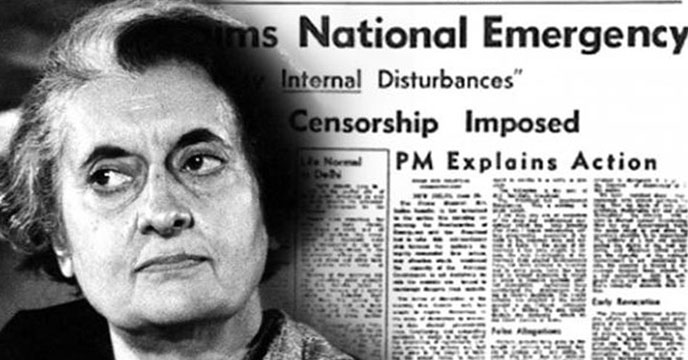
According to a 1977 article in TIME magazine, between April 1976 and January 1977, 7.8 million were sterilized (the initial target had been 4.3 million).
Sikh riots in Punjab and all over the country led to the assassination of Indira Gandhi in 1984. After Indira’s assassination, her son Rajiv Gandhi took her place but he was also assassinated in 1991 by a suicide bomber fielded by LTTE.
Sardar Ballabh Bhai Patel
Iron Man aka Sardar Patel was born on 31 st October 1975 and played the major key role during the Independence of India. Patel’s date of birth was never officially recorded; Patel entered it as 31 October on his matriculation examination papers.
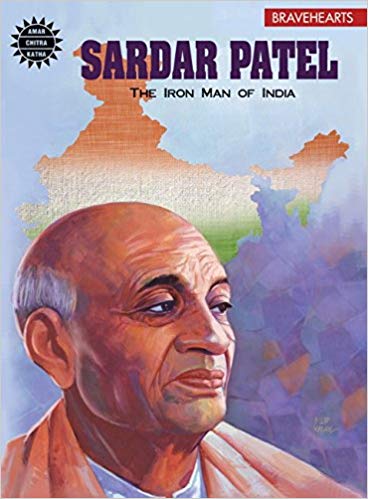
Patel passed his matriculation at the relatively late age of 22, he was generally regarded by his elders as an unambitious man destined for a commonplace job. Patel himself, though, harboured a plan to study to become a lawyer, work and save funds, travel to England, and become a barrister. Patel spent years away from his family, studying on his own with books borrowed from other lawyers, passing his examinations within two years.
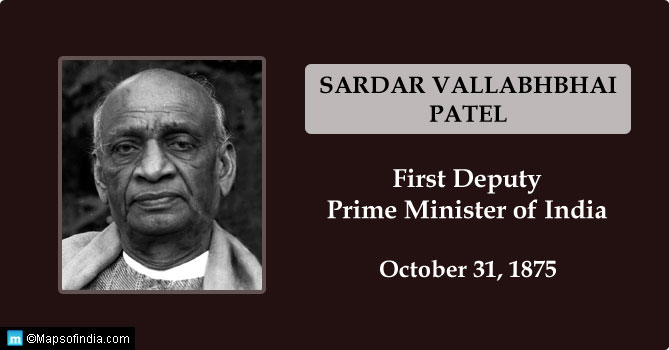
He was a successful lawyer. He subsequently organised peasants from Kheda, Borsad, and Bardoli in Gujarat in non-violent civil disobedience against the British Raj, becoming one of the most influential leaders in Gujarat. He was appointed as the 49th President of Indian National Congress, organising the party for elections in 1934 and 1937 while promoting the Quit India Movement.
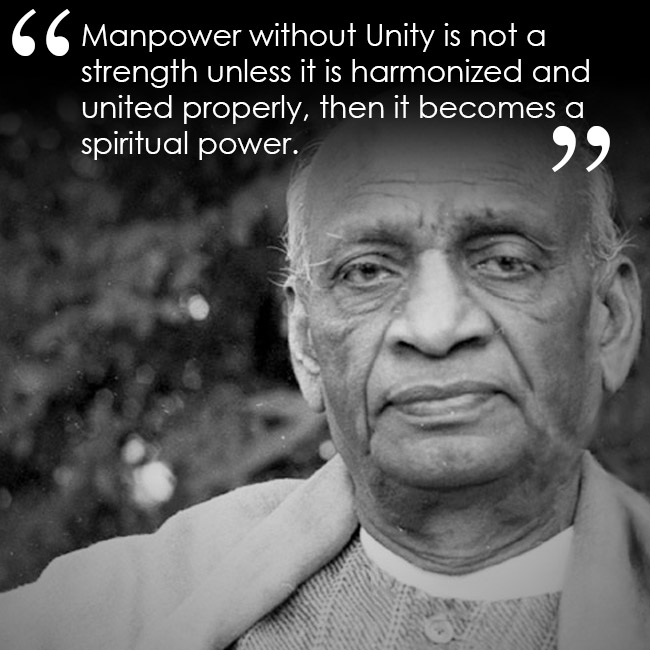
Threatening military force, Patel persuaded almost every princely state to accede to India. His commitment to national integration in the newly independent country was total and uncompromising, earning him the sobriquet “Iron Man of India”.
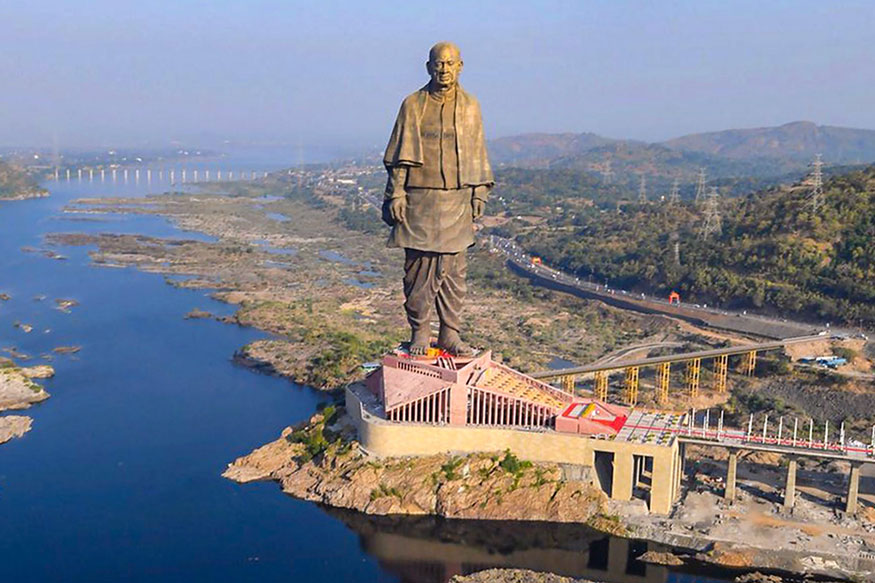
He is also remembered as the “patron saint of India’s civil servants” for having established the modern all-India services system. He is also called the “Unifier of India”. The Statue of Unity, the world’s tallest statue, was dedicated to him on 31 October 2018 which is approximately 182 metres (597 ft) in height.
